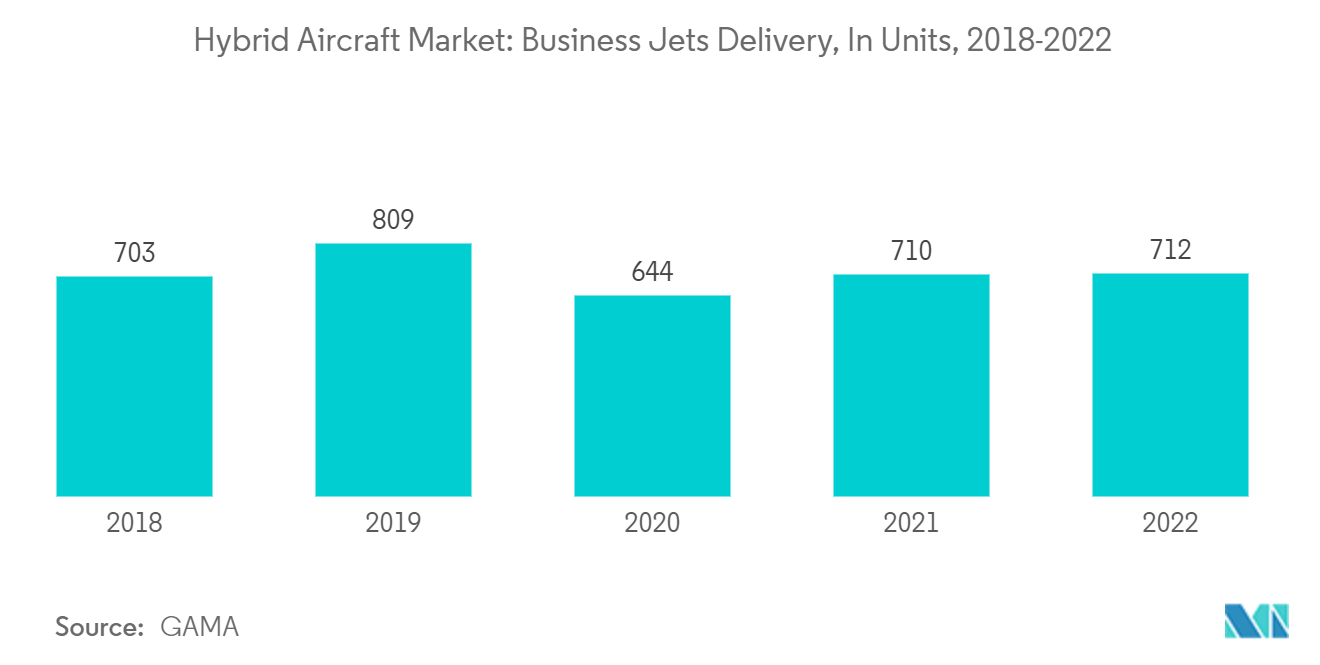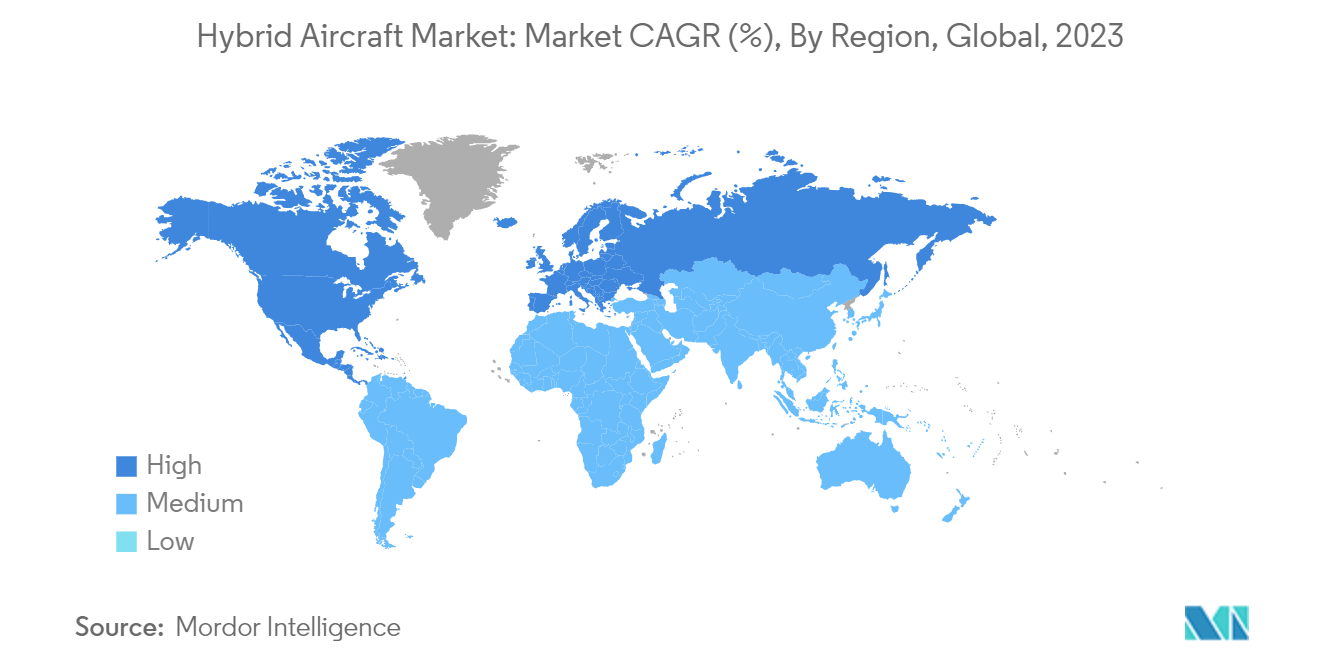Market Trends of Hybrid Aircraft Industry
Conventional Take off and Landing Segment to Dominate the Market During the Forecast Period
- The need for a smooth transition to hybrid technologies within the existing aviation ecosystem drives the growth of the conventional takeoff and landing (CTOL) segment. Hybrid aircraft with CTOL capabilities cater to operators seeking the advantages of advanced propulsion systems without substantial modifications to infrastructure.
- The advent of electric propulsion systems, which are frequently facilitated by modern energy storage options such as high-capacity batteries, allows for power output optimization and minimizes fuel consumption. This efficiency boost is especially noticeable on short-haul and regional flights when frequent takeoffs and landings have typically resulted in increased fuel usage.
- Furthermore, aerospace component makers have created sophisticated electric motors to improve hybrid aircraft efficiency. For instance, in June 2023, Collins Aerospace's UK division announced the development of a 1MW motor designed for use in a hybrid-electric aircraft propulsion system. This system aims to achieve a notable 30% improvement in fuel efficiency and reduction in CO2 emissions compared to current leading regional turboprop aircraft. The 1MW motor is projected to provide four times the power and twice the voltage of Collins' most advanced electric motor generators currently in use, with significantly reduced heat loss and weight.
- Such developments further support the growth of the hybrid aircraft industry. The development of hybrid systems that work with regular runways, regulatory support, and the profitability of CTOL hybrid aircraft for business jet and regional transport contribute toward the growth of the segment.

Europe to Witness Growth with the Highest CAGR During the Forecast Period
- The market growth in Europe is expected to be fuelled by an advancement in technology and investments in hybrid aircraft during the forecast period. The major countries considered under this region are the UK, France, Germany, Italy, Russia, and the Rest of Europe. The key factor responsible for Europe leading the hybrid aircraft market is the high demand for new modes of transportation in the region.
- Several collaborative programs between Airbus, engine firms Rolls-Royce plc, Safran SA, and the European Union funding provide impetus to hybrid aviation in the region. The goal is leadership in next-gen green aircraft supporting EU climate objectives. The United Kingdom, France, and Germany each offer specific competencies, be it systems engineering, engine technologies, or simulation capabilities that enable technology maturation when combined across cross-border initiatives.
- Thus, the growing demand for hybrid aircraft for commercial applications and their increasing utility in the civil sector to carry out transport and logistics activities are additional factors influencing the growth of the hybrid aircraft market in Europe.



